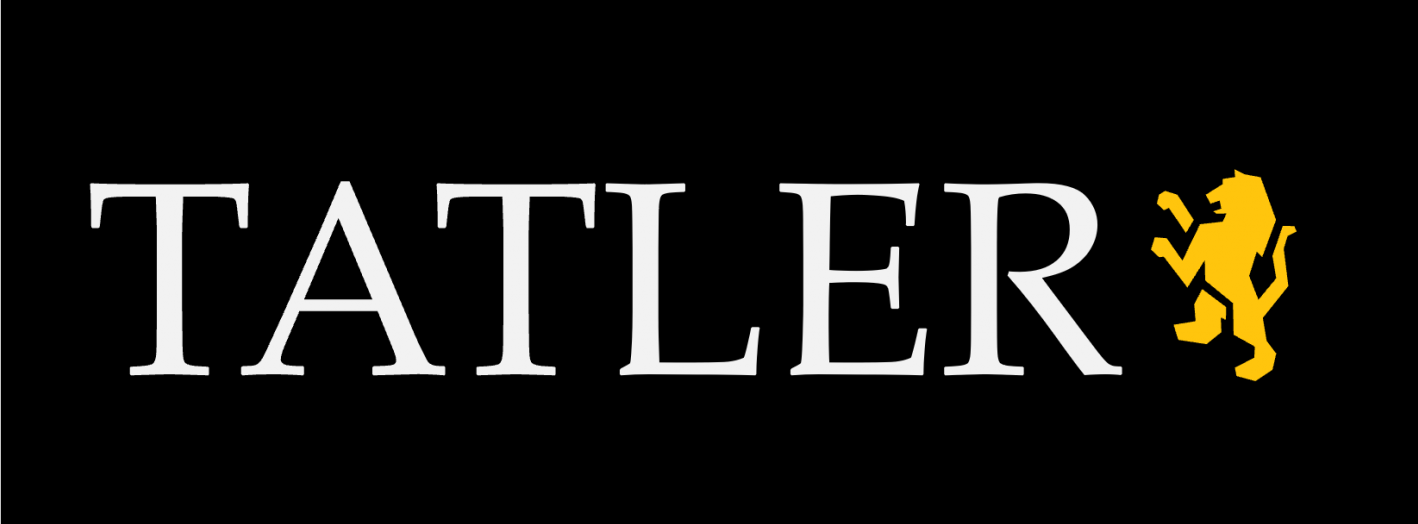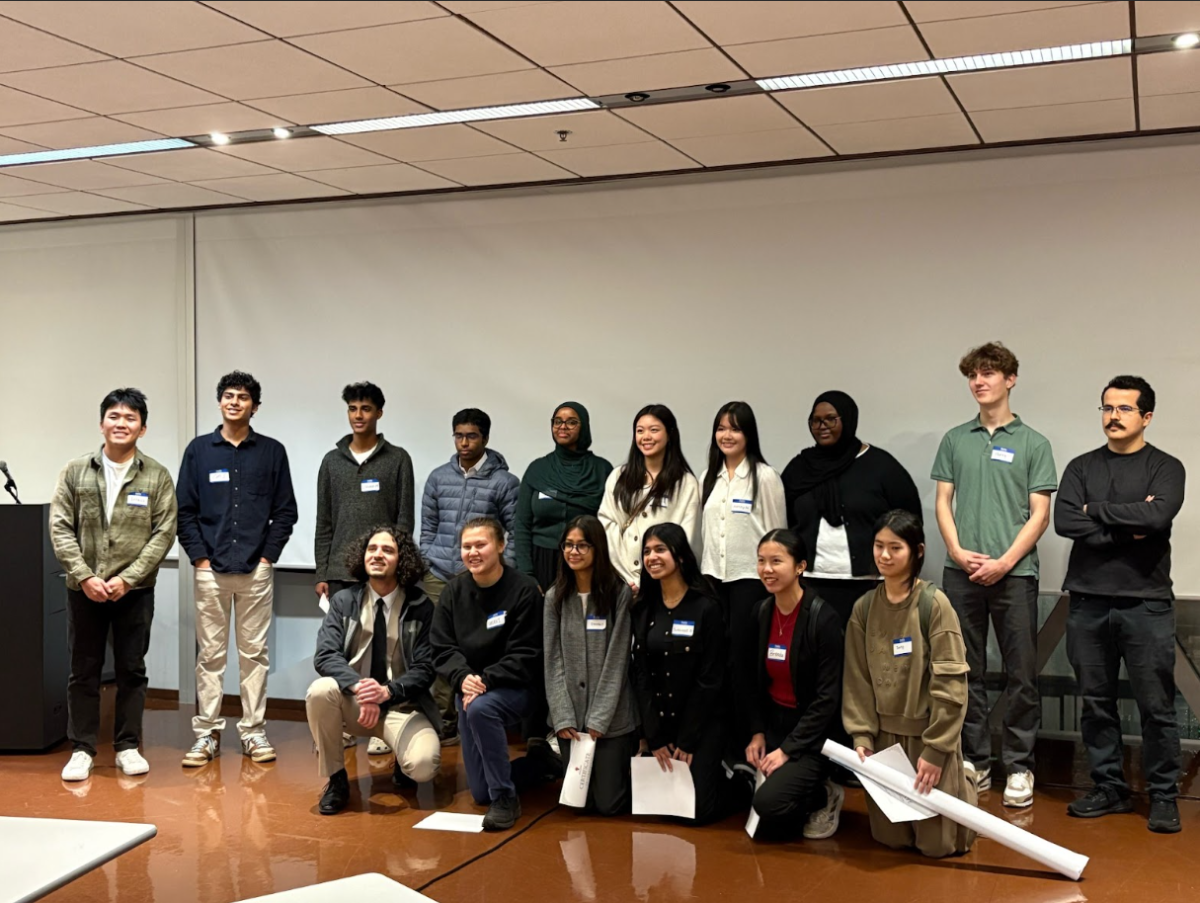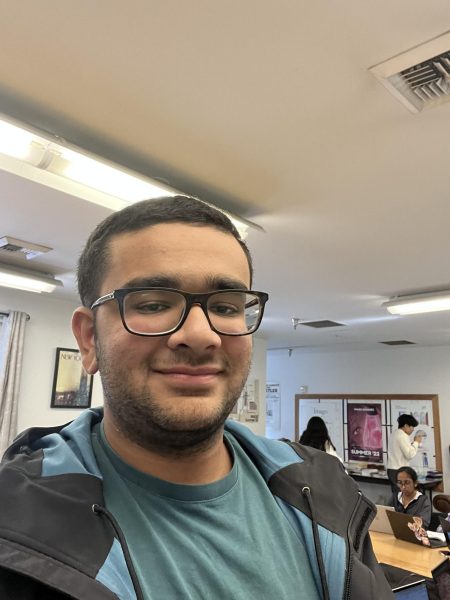Projects ranged from fluid dynamical simulations of different rocket fin textures to maternal disease detection to liposarcoma subtype classification with machine learning.
But despite this symposium being perhaps the flashiest (and de facto flagship) of SSL’s recent events, the organization — founded by Henry J. ’25 and Om S. ’25 earlier this year — has hosted several lab tours and in-person outreach events at schools across the wider Puget Sound region.
One of the most memorable — according to Om — came after a local elementary school had its science funding reduced and contacted the pair about running a fun yet low-cost extracurricular science enrichment activity. In response, they put together a DNA visualization experiment using octoploid strawberries — which have eight copies of each chromosome — after school. Henry reminisces about “the wide-eyed faces of the elementary schoolers, in awe at actually seeing DNA for the first time.” Om expressed that they’d love to run more of these kinds of activities because elementary schoolers “have an unmatched ability to keep asking why? They’re never satisfied with a simple explanation.”
And Henry and Om were also not satisfied with a simple goal when they developed plans for SSL in early 2024. By their own admission, they originally had somewhat distinct routes they wanted SSL to pursue. Om had wanted “a way for high school students to pursue scientific research without cold emailing a hundred professors — few of which would actually reply — or having to pay for often expensive summer programs.” (There do exist a few research programs for high schoolers that are free, but those often require applications, boast acceptance rates under 10%, and expect successful applicants to have already distinguished themselves in a scientific field).
Henry, though, wanted SL to focus on touring labs — which in his experience were “almost impossible to gain access to as a high school student, and yet essential for understanding how real scientific progress was made.” As someone interested in biology and chemistry, he remembered that “the vast majority of labs at the University of Washington simply bar minors from entering them” due to the presence of hazardous materials or pathogens and the mountain of paperwork required. He therefore wanted a streamlined process for perhaps dozens of students to visit labs that were “safe” for high schoolers.
Over the summer, SSL focused largely on this second of their goals, with Henry and Om leading several visits to different research facilities at the UW and Seattle University, including the institute housing the lab of 2024 Nobel Prize winner Prof. David Baker. In late summer, however, SSL organized two series of online workshops aimed at high school students looking to pursue science outside the classroom — one focused on high school science fairs and the other on Om’s specialty: machine learning research.
During the fall, though, Om and Henry embarked on their boldest mission yet — a free, twelve-weeklong research program aimed at high schoolers around Puget Sound. They paired twelve students with a mentor. Where the first few weeks were dedicated to defining a clear goal for the project, the bulk of the remaining time was spent actually doing research or literature reviews, and the last week was for creating a research poster for the Dec. 14 symposium. Given the volume of work required, it should come as no surprise that students often spent 8-10 hours per week on their respective projects.
Several scientists at the symposium were impressed with how the posters turned out. One attendee even quipped that the posters “appeared to be put together by undergraduates rather than high schoolers.” The research program was not all smooth sailing though: Om recalled that sometimes, “students would fall behind in their communications to us, which was understandable given their other responsibilities as students but still hampered our ability to give them feedback on time.” When SSL runs a second version of this program (in the winter/spring of 2025), they will “emphasize the importance of communication and make it an integral part of the program,” according to Om.
Overall, creating the SSL was a mammoth undertaking by Henry and Om — there were nights when they stayed awake until 4 a.m., spending the time either finalizing posters or organizing the next lab tour. When they had to find mentors for their twelve-week research program, Om remembers emailing “500 professors and researchers — none of whom replied [affirmatively].” He then turned his attention to graduate and undergraduate students at the UW and SU who, though still reticent on the whole, were more willing to be mentors.


